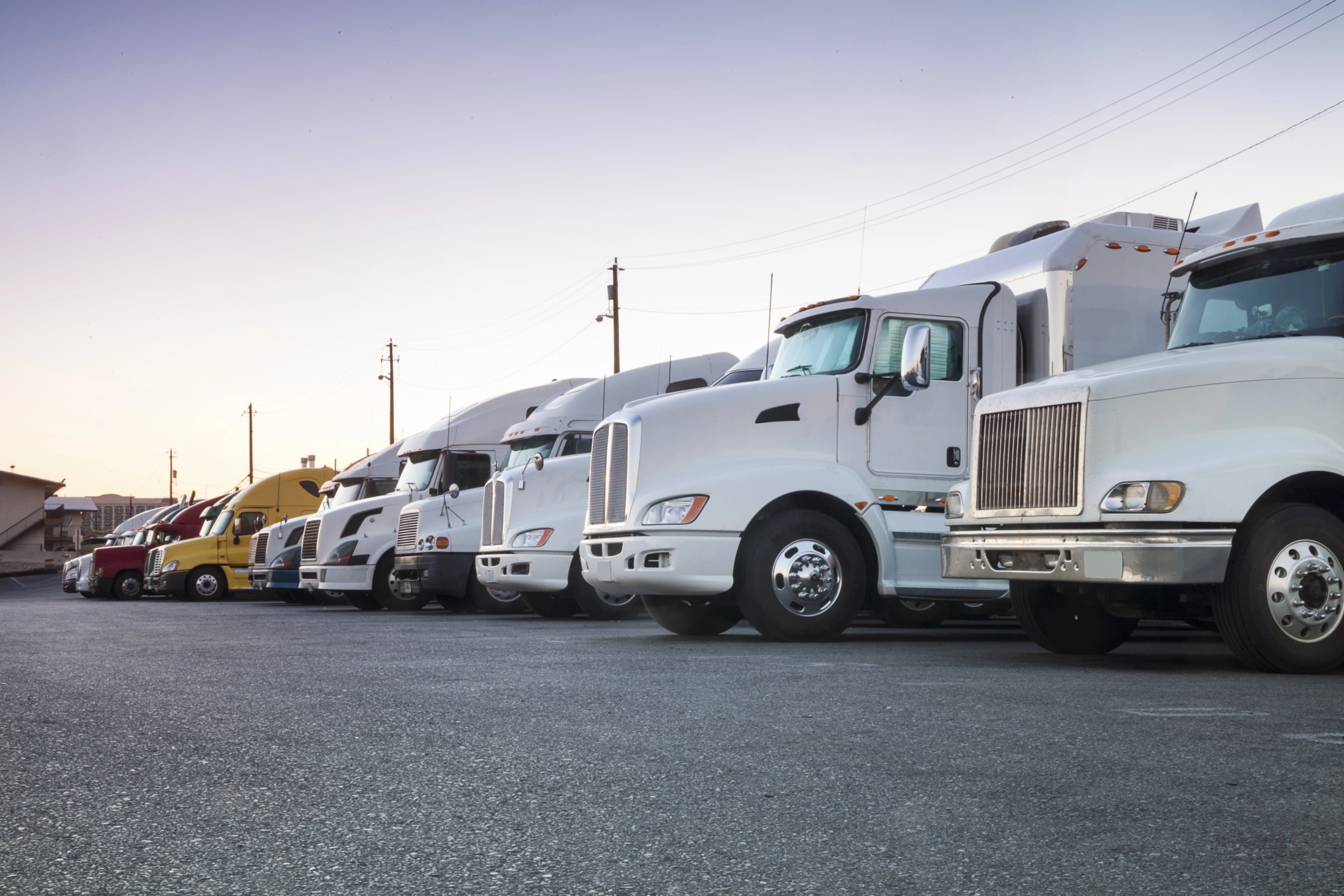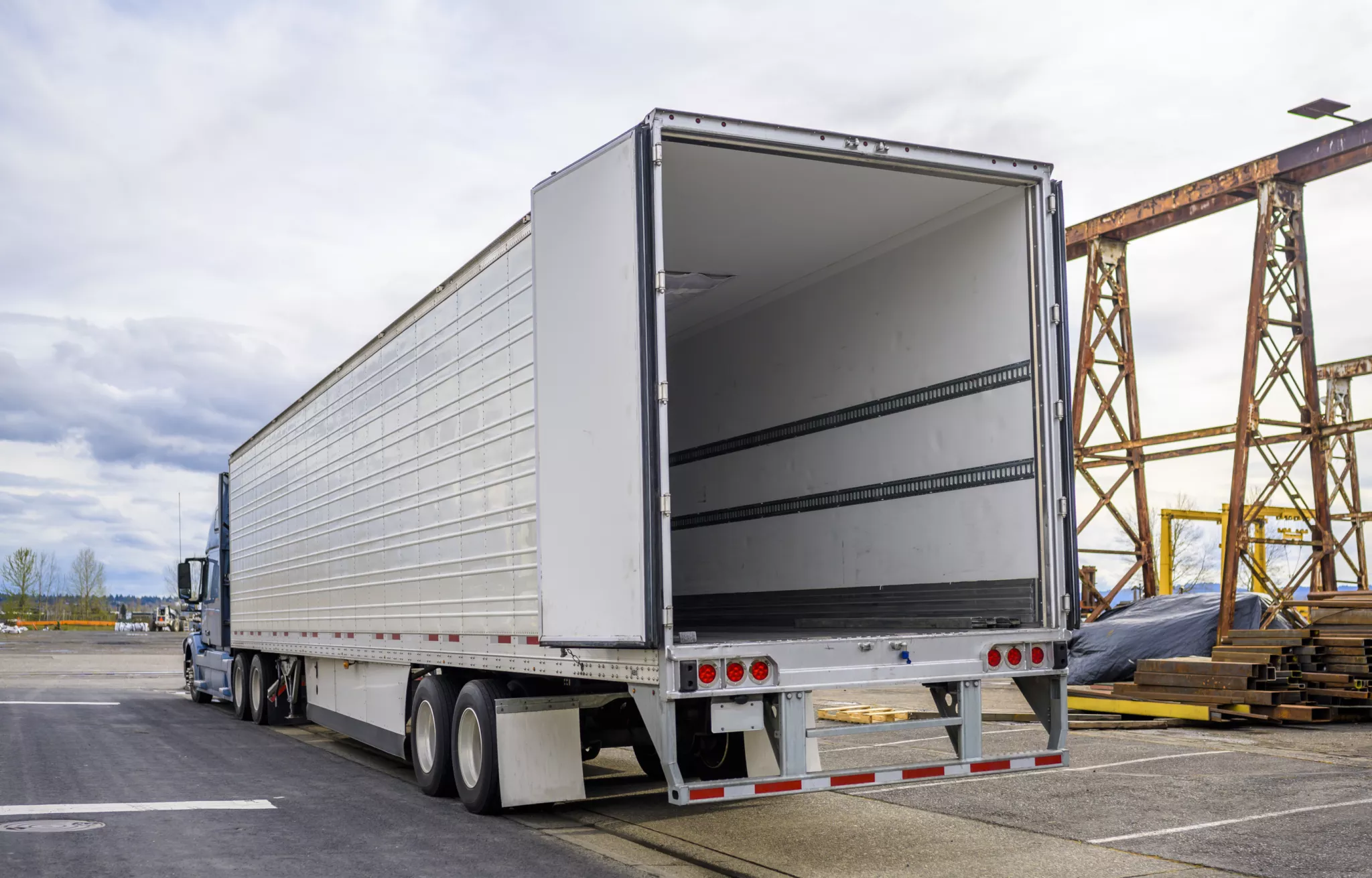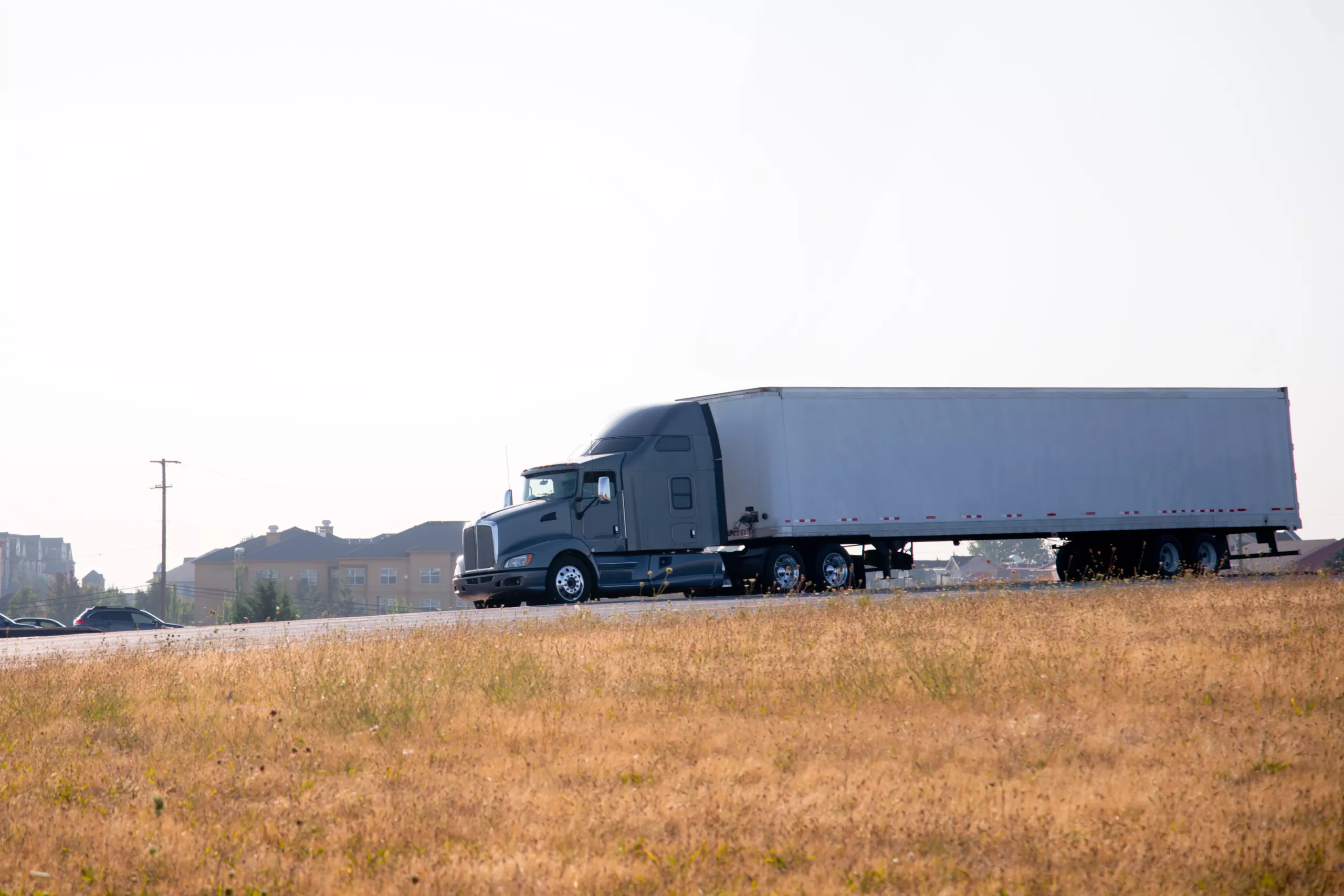Scaling from an owner-operator to a fleet owner is an exciting but challenging journey. As you grow your trucking company, transitioning from managing one truck to a fleet requires careful planning, resources, and an understanding of what’s involved.
Whether you’re currently running a trucking company with just one truck or considering expanding to a fleet, knowing the steps, pros and cons, and potential challenges is crucial for success.

Is It Time to Expand?
If you’ve been an owner-operator for several years, you might be thinking about taking the next big step, like expanding your trucking business. This is a big decision, and it depends on many factors. The trucking industry can offer many opportunities. However, expanding too soon or without proper planning can lead to stress, lost money, and more problems than profits.
First, you should understand that moving from one truck to managing multiple commercial vehicles means more responsibility. For example, you’ll probably have to handle fuel costs, insurance, registration fees, and make sure your license is up to date. In addition, being a fleet owner involves hiring and training truck drivers, managing insurance expenses, handling compliance filings, and ensuring every truck and driver meets state laws.
So, how do you decide if it’s the right time to grow?
To better understand whether you’re ready for an expansion and whether it is the right step for you, you can ask yourself these questions:
- Is my trucking business making enough money to cover operating expenses and still show a profit?
- Do I have consistent available loads from many shippers or a customer base?
- Can I invest in more trucks, hire drivers, and meet all the legal requirements?
- Is my business bank account healthy enough to handle new monthly payments, fees, and fuel prices?
- Can I manage others while still delivering quality service?
- Do I have a solid expansion plan?
You don’t have to rush. Think about your business needs, plan, and expanding costs. Growing your own trucking company can lead to more profits. Still, you should be well-prepared.
And remember you’re not alone. Whether you’re staying solo or planning to grow, we’ll be here to help you make smart choices every step of the way.
Pros and Cons of Expanding to a Fleet
Expanding from an owner-operator to a fleet owner is a big decision. It offers exciting opportunities and serious challenges.
Before starting to grow, it’s important to consider the pros and cons. In addition, ensure your business plan is solid enough to handle the new complexities of running a large trucking company.
Pros of Expanding
Growing in the trucking industry from a solo owner-operator to a fleet owner brings exciting opportunities. With the potential for increased revenue, expanded market reach, and the ability to offer more services, it’s a step to expand. Let’s dive into the main pros of making this leap.
- More money potential. Expanding to a fleet means taking on more loads and increasing your revenue. With several trucks, you can deliver more freight and reach shippers. The more available load options you can accept, the more money your business can earn. This opens up more ways to grow your customer base and diversify your revenue streams.
- Better savings and discounts. One of the major benefits of running a fleet is the ability to negotiate discounts. As a business owner, you can save money on fuel or insurance costs through group policies, fuel cards, and optimized routes.
- More flexibility and opportunities. Having multiple vehicles allows you to offer more services and take on more diverse loads. For example, you can specialize in specific routes, provide long-distance deliveries, or work with a wider range of clients. This flexibility can help you diversify your revenue and ensure that your business isn’t dependent on one service or load board type. Additionally, a larger fleet allows you to provide quality service to clients who need urgent or larger freight deliveries.
Cons of Expanding
While expanding to a fleet can bring substantial rewards, it also comes with challenges that should not be overlooked. From increased operating expenses to the complexities of managing a larger team, the cons of fleet expansion can quickly add up. Understanding these potential downsides will help you plan and make the right decisions for your business.
- Increased operating costs. The most obvious downside to expanding is the increase in expenses. More trucks mean higher expenses, from insurance for each vehicle to higher fees. You’ll be paying more to keep your business running. These increased costs are inevitable and must be planned for in your business plan.
- Legal and compliance requirements. When you expand your fleet, you also take on more legal responsibilities. You’ll need to stay up to date with the federal and state requirements of running a trucking company. This includes keeping track of your USDOT number, MC number, Unified Carrier Registration (UCR), and International Registration Plan (IURP). The extra paperwork and registration fees can be overwhelming, especially as your fleet grows.
- Management challenges. Managing a fleet of vehicles means responsibility. You’ll need to recruit and retain experienced truck drivers, which can be difficult with the ongoing driver shortage in the trucking industry. Managing driver schedules, ensuring safety protocols are followed, handling payroll, and keeping track of each vehicle’s maintenance can take up significant time.
Step-by-Step: How to Grow from Owner-Operator to Fleet Owner
Growing your trucking business from a one-truck operation to a full-fledged business owner can seem like a big jump. Still, with careful planning and strategic steps, it’s achievable.
Step 1: Create a Business Plan
The first step in growing your trucking business is to create a detailed business plan. It should outline goals, financial projections, operating expenses, and an expansion strategy. Knowing your costs and the revenue you expect from expanded operations can guide you in making informed decisions.
Step 2: Secure Financing
Expanding a trucking operation requires significant investment. You’ll need to consider options like a business loan or using personal assets and savings. You should also factor in the local and federal legal requirements, like paying for registration, truck and cargo insurance coverage, and fuel costs.
This step also involves calculating the number of trucks you’ll need, taking into account operating costs and the total cost of running additional trucks.
Step 3: Purchase More Trucks
Once you understand your finances and have a solid plan, expanding your fleet is time-consuming. If you decide to purchase new or used trucks, you must ensure they meet compliance requirements and are in proper condition for the stable operations of your trucking company.
Step 4: Obtain Additional Permits and Licenses
As a fleet manager, you must ensure your operations comply with all state laws, including acquiring the appropriate USDOT number and MC number and ensuring your trucks are listed with the UCR system. You’ll also need to update your operating authority to reflect the addition of more vehicles.
Step 5: Hore drivers and other personnel
Expanding your business means hiring more drivers and potentially support staff. When hiring drivers, ensure they have the proper commercial driver’s licenses (CDL) and are trained to meet safety standards.
Remember about insurance – the more vehicles you have, the more insurance costs you’ll need to manage.
Step 6: Set Up a Business Bank Account
Keeping your personal and business finances separate is better to protect your money and property. A dedicated business bank account will help you track expenses, pay for insurance, and manage your fleet’s operating expenses.
Tips to Stay Profitable While Expanding
Growing your own trucking business is an exciting milestone. As you scale up, staying focused on profitability is important to ensure your growth is sustainable. You can keep your trucking business profitable while expanding by staying organized and making smart financial decisions.
- Track your expenses carefully. One of the biggest issues when expanding your trucking company is managing increased cash flow. This includes fuel prices, insurance coverage, maintenance costs, and driver salaries. You can use accounting tools or hire a bookkeeper to track your income and expenses. Keeping a close eye on your monthly payments and unexpected costs will help you make informed decisions.
- Optimize fuel efficiency. Fuel costs are a major expense in the trucking industry. To manage them, you can consider using fuel cards, optimizing delivery routes, and ensuring regular maintenance. These actions can help ensure lower fuel consumption, leading to lower expenses.
- Negotiate better rates. As a fleet owner, you have more leverage when negotiating rates with shippers and brokers. Use this leverage to secure better rates for your trucking company. Building strong client relationships allows you to create long-term contracts and ensure a steady stream of available loads at favorable terms.
- Leverage your network. As you grow your trucking business, you may have more opportunities to network with other fleet owners and independent contractors. Use these connections to share best practices, find new customers, and share resources like drivers or trucks when needed.
How Logity Dispatch Can Help You Grow
Whether you’re an owner-operator or deciding to expand your fleet, Logity Dispatch supports you every step of the way. Our dispatch services are tailored to help streamline your trucking business, allowing you to focus on running your operations.
We handle the full dispatching process, from finding available loads to negotiating rates. Our expert team ensures your trucks are always on the move, filling your schedule with high-paying loads that match your equipment and route preferences.
Logity dispatch works to secure the best rates for your trucking company and minimize fuel costs by selecting the most efficient routes. This helps increase your bottom line while keeping operations smooth.
Benefits of Cooperating with Us
- Efficiency. We handle the entire dispatching process, securing suitable loads for you.
- Increased profits. Our team offers high-paying loads and helps to plan efficient routes.
- Expert support. With years of industry experience, we ensure your fleet is always compliant and running smoothly.
Conclusion
Expanding your trucking business from being an owner-operator to a fleet owner is a significant step. This decision comes with both challenges and rewards.
With the right approach, you can maintain profitability and ensure smooth operations as your fleet grows. At Logity Dispatch, we are here to help you every step of the way. With our dispatching expertise, you can focus on what matters.







